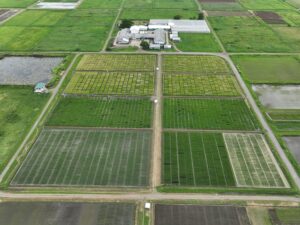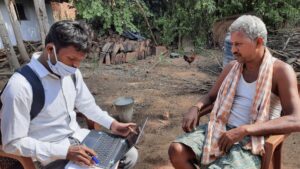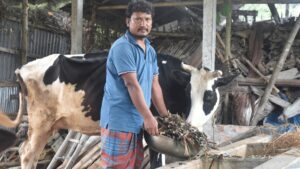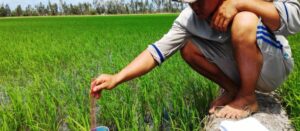The people of the Philippine Cordillera Region are so devoted to rice that they carved terraces out of the slopes of the imposing mountain range to provide their crops a place to grow. One could say their culture is composed of the terraces, the rice farmers, their traditional farming methods, and their heirloom rice. These are so closely intertwined that removing one would cause this delicate tapestry to unravel.
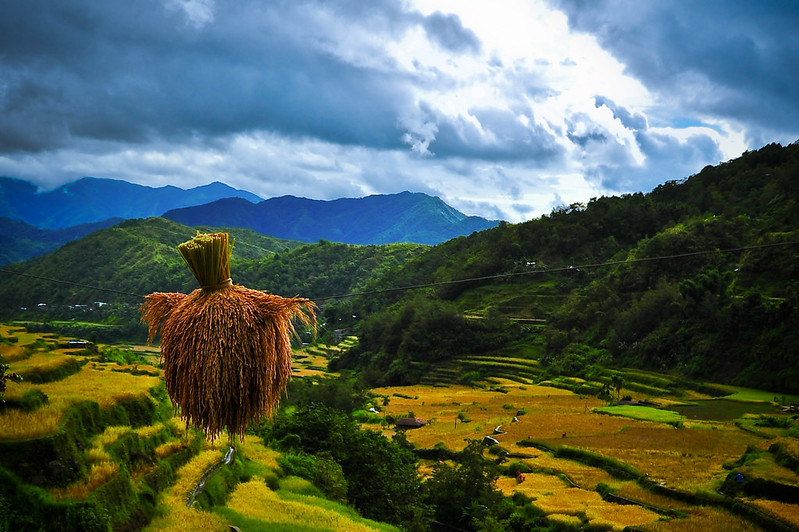
.
The Cordillera Region is home to several tribes and ethnic groups, each with its own set of customs, religion, and folklore. This fascinating cultural diversity, however, is unified by one thing: rice. Life in the Cordilleras revolves around rice. The sowing, caring, and harvesting of the crop is at the center of their universe.
The people of the Cordilleras are so devoted to rice that they carved terraces out of the slopes of the imposing mountain range to provide their crops a place to grow. Because the rice terraces are so sensuously encompassing, they have overshadowed other aspects of the Cordilleran culture. In fact, one could say the culture is composed of the terraces, the rice farmers, their traditional farming methods, and their traditional rice varieties, or heirloom rice.
These are so closely intertwined that removing one would cause this delicate tapestry to unravel. The rice terraces were, at one point, almost taken off the World Heritage List due to the alarming state of disrepair triggered by the migration of farmers seeking more lucrative livelihood elsewhere. In their absence, the abandoned rice fields deteriorated and the heirloom rice varieties they once planted started to recede into extinction.
To restore the rice terraces, the Philippine Department of Agriculture and the Ifugao provincial government earmarked more than USD 600,000 in rehabilitation projects. One of these, the Save the Rice Terraces Program, funded livelihood projects for Ifugao farmers and the construction of irrigation facilities.
The Heirloom Rice Project, for its part, focused on the farmers and their traditional rice varieties. It aims to enhance the productivity of the farmers and the quality of their produce and expand their market. In short, it seeks to make heirloom rice farming more profitable, so that the rice farmers of the Cordilleras want to stay.
The reinvigoration of traditional farming in the region will then assure not only the livelihood of farmers but also the survival of the rice culture and terraces of the region.


